Contents:
CV in .pdf format(English)CV in .doc format(Hungarian)CV in HTML(English)Thesis and Publications
Curriculum Vitae
Education and Degrees Earned
Degrees and Awards
| 2001 | : Pro Scientia Award from the Hungarian NationalAcademy( This award is given every other year to the best $3$ student researchers.) | | 2002 | : Best Project Award at 10th Summer School on Image Processing | | 2001 | : M.Sc. in Computer Science and Mathematics with distinction | | 2001 | : 1st place on the Hungarian Student Research Conference | | 1999 | : ACM Programming Contest North American Final | | 1999 | : 2nd place on the Hungarian Student Research Conference | | 1995 | : 5th place on the Hungarian National Mathematics Competition |
Professional Experience
Industrial Projects
Face Recognition(2004) with Botond Szatmáry@ TateyamaLtd.
The aim is to develop a face identification system that works on a 50-100 people database. Identifies the person, and alarms if not in the database. First version works with single frontal view image.
European License Plate Localization and Recognition(2004)@ TateyamaLtd.
The aim is to detect, localize and recognize all kinds of European License Plates. This problem is slightly more difficult than the Japanese case because of the big variability of the Number Plate layouts and characters in Europe.
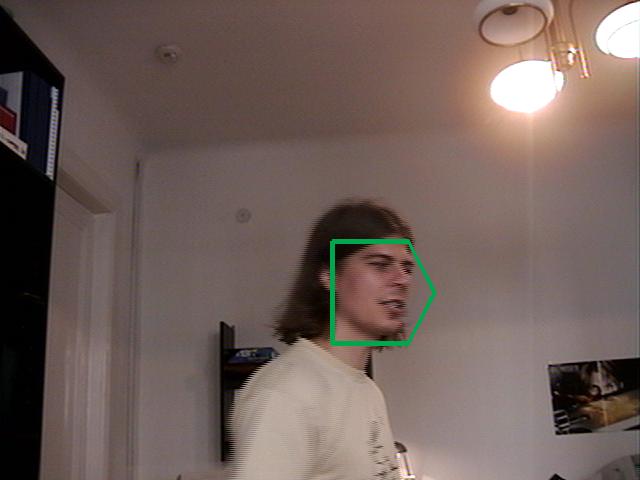 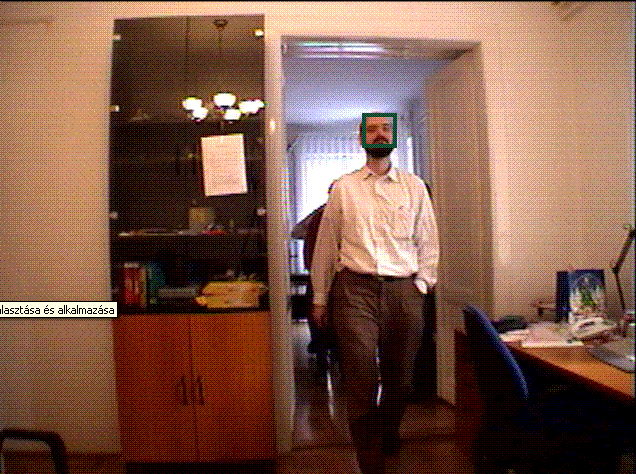 Multi-view Face Detection and Tracking(2003-2004)@ TateyamaLtd. Multi-view Face Detection and Tracking(2003-2004)@ TateyamaLtd.
The aim is to detect and track faces on an on-line video-stream in real time. In the project I used GentleBoost (a variant of AdaBoost) based particle filtering. It runs at 10 frames per second on an 1.5GHz Intel Processor. Demoes follows: Multiple Target Tracking
 Japanese License Plate Localization, Tracking and Recognition(2002-2003)@ TateyamaLtd. Japanese License Plate Localization, Tracking and Recognition(2002-2003)@ TateyamaLtd.
The aim is to localize Japanese license plates on frames of avideo sequence and recognize them. The algorithm works well undervarious lighting and weather conditions and with poor qualityimages. The localization performs at 97%, the recognition at98% on a very mixed image quality data base! The algorithm usesprinciples from probability theory and advanced signalprocessing.Demos follows: Tracking without trigger sign.
Research Projects
Visual Object Tracking(1999-) : Won 1st Place on the Hungarian StudentResearch Conference.Supervisor: Csaba Szepesvári.
We developed a new paradigm for particle filtering, andapplied it to several visual object tracking problems. We showedtheoretically that the new paradigm has bounded bias and ourexperiments show that the new scenario gives an exciting andvaluable design tool to particle filtering. Moredetail
Low-level speech synthesization(2001): @ MindmakerLtd.
Our aim was to develop a low-level speech synthesis system usingsmall memory and computational resources, while keeping thequality as good as possible.
Facial gesture recognition on video images(1998) :@ Mindmaker Ltd. Supervisor: András Lőrincz andCsaba Szepesvári. .
Using wavelet-transformation on each frame of a video, onecan compute the optical flow vector field of the motion. Applyingthis to video sequences(on which a human continuously makes agesture) we could compute the the motion of facial feature points.Using Principal Component Analysis we could categorize the facialgesture movements independent of the person.
Modelling the human visual cortex(1997) : Won 2nd Place on the Hungarian StudentResearch Conference. Supervisor: András Lőrincz andPéter Aszalós.
Our focus in this project was modelling the On/Off cells andthe lateral connection between them in the human visual cortex. Asa result we concluded that between the so called Gabor-cells alateral connection system can be developed as it is well known byneurobiologists.
Ph.D. Thesis (submitted). Expected date of defence: 2008.February - Towards efficient vision-based object tracking algorithms: rehabilitating visual information in particle filtering
- Peter Torma
Supervisor: Csaba Szepesvári
Eotvos Lorand University, Budapest, 2007
Master's Thesis - Improving Monte Carlo Bayesian Filtering by Means of Local Search: Theory and Applications in Visual Tracking
- Peter Torma
Supervisor: Csaba Szepesvári
Eotvos Lorand University, Budapest, 2000
Publications - Local Importance Sampling: a Novel Technique to Enhance Particle Filtring
- Peter Torma and Csaba Szepesvári.
Journal of Multimedia 2006, Vol.1 Issue.1 pp.:32-43 - On using Likelihood-adjusted Proposals in Particle Filtering: Local Importance Sampling
- Peter Torma and Csaba Szepesvári.
ISPA 2005, Zagreb pp.:58-63 - Enhancing Particle Filters using Local Likelihood Sampling
- Peter Torma and Csaba Szepesvári.
ECCV 2004, Prague. In LNCS Proc.. pp.:16-28 - Sequential Importance Sampling for Visual Tracking Reconsidered
- Peter Torma and Csaba Szepesvári.
AI and Statistics AISTAT2003, 2003 Key West, Florida - Combining Local Search, Neural Networks and Particle Filters to Achieve Fast and Reliable Contour Tracking
- Peter Torma and Csaba Szepesvári.
2003 IEEE International Symposium on Intelligent Signal Processing, Budapest, Hungary - Towards Facial Pose Tracking
- Peter Torma and Csaba Szepesvári.
In Proc. First Hungarian Computer Graphics and Geometry Conference Budapest, Hungary, 2002, pages 10-16 - Efficient Object Tracking in Video Sequences by means of LS-N-IPS
- Peter Torma and Csaba Csaba Szepesvári.
In Proc. ISAP'01 Pula, Croatia, 2001, pages 277-282 - LS-N-IPS: An Improvement of Particle Filters by means of Local Search
- Peter Torma and Csaba Szepesvári.
Non-linear Control Systems NOLCOS2000, 2000 St Petersburg, Russia - Tooth Color: Effects on Judgements of Attractiveness and Age
- Alexis Grosofsky, Sarah Adkins, Robert Bastholm, Leif Meyer, Lisa Krueger, Joshua Meyer, and Peter Torma
Perceptual and Motos Skills, 2003. pp:43-48 .
| 

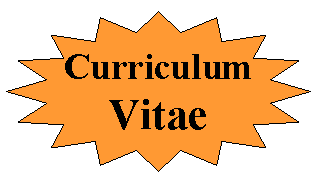

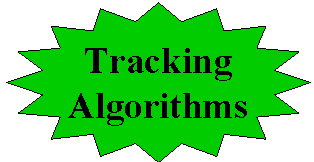



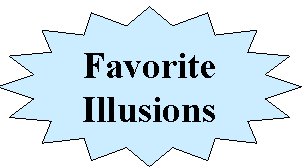












 Multi-view Face Detection and Tracking(2003-2004)@ TateyamaLtd.
Multi-view Face Detection and Tracking(2003-2004)@ TateyamaLtd.Japanese License Plate Localization, Tracking and Recognition(2002-2003)@ TateyamaLtd.